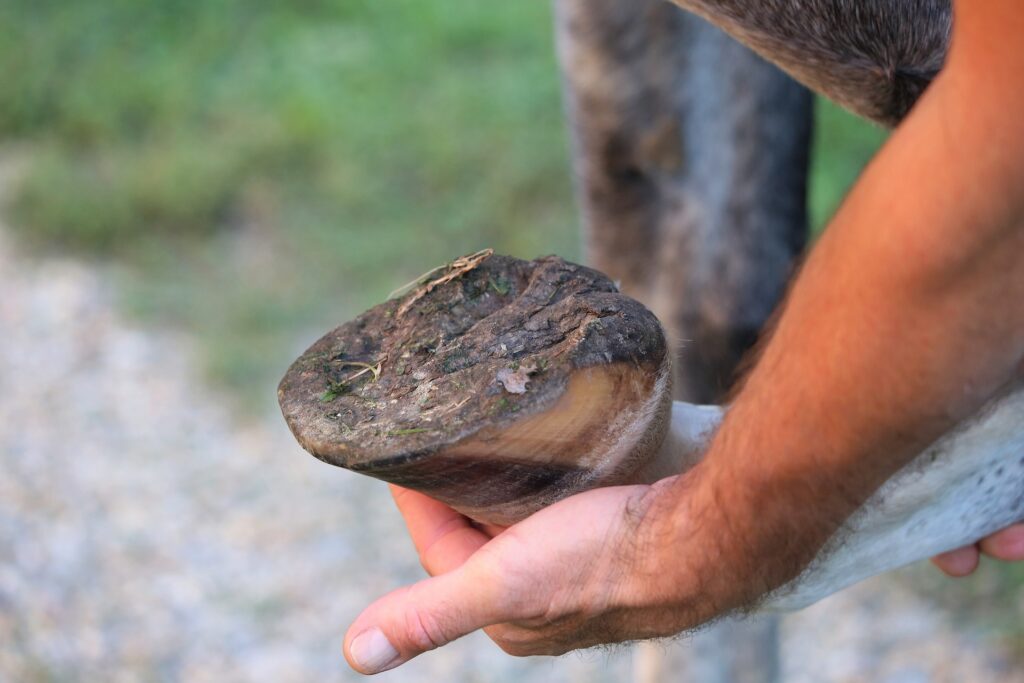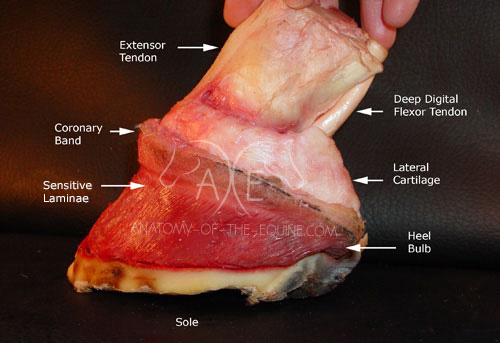Understanding Horse Hoof Anatomy

The horse hoof is a complex and vital structure that plays a crucial role in a horse’s mobility, health, and overall well-being. Understanding its anatomy is essential for horse owners, veterinarians, and farriers to ensure proper care and maintenance.
Overview of Horse Hoof Anatomy
The hoof is not just a simple nail but a sophisticated organ composed of various parts working together to support the horse’s weight and absorb shock.
| Part of the Hoof | Description |
|---|---|
| Hoof Wall | The hard, outer covering that protects the internal structures and bears most of the weight. |
| Sole | The underside of the hoof that provides protection to the bottom of the foot. |
| Frog | A V-shaped, rubbery structure that aids in shock absorption and traction. |
| White Line | The junction between the hoof wall and sole, important for hoof integrity. |
| Bars | Extensions of the hoof wall that provide additional support and stability. |
| Digital Cushion | A fibrous, elastic structure inside the hoof that helps absorb impact. |
| Laminar Layer | The sensitive tissue that connects the hoof wall to the coffin bone, crucial for hoof health. |
Detailed Description of Key Components
Hoof Wall
The hoof wall is made of keratin, similar to human fingernails but much thicker and stronger. It grows continuously and requires regular trimming to prevent overgrowth and deformities.
Frog
The frog plays a vital role in circulation by compressing and decompressing with each step, helping pump blood back up the leg. It also provides traction and helps prevent slipping.
Digital Cushion
Located beneath the frog, the digital cushion acts as a shock absorber, protecting the bones and joints from impact stresses during movement.
Importance of Hoof Care
Proper hoof care includes regular cleaning, trimming, and sometimes shoeing. Neglect can lead to problems such as cracks, infections (like thrush), and laminitis, a painful inflammation of the laminar layer.
Common Hoof Problems
- Thrush: A bacterial infection affecting the frog, often caused by wet, dirty conditions.
- Laminitis: Inflammation of the laminar layer, potentially leading to severe lameness.
- Cracks: Structural damage to the hoof wall that can worsen without treatment.
FAQ
Q1: How often should a horse’s hooves be trimmed?
A: Typically every 6 to 8 weeks, but this can vary based on the horse’s activity and environment.
Q2: Can horses live without shoes?
A: Yes, many horses live barefoot, but some require shoes for protection or therapeutic reasons.
Q3: What signs indicate hoof problems?
A: Lameness, heat in the hoof, foul odor, or visible cracks are common indicators.
Conclusion
Understanding the anatomy of the horse hoof is fundamental for maintaining equine health. Regular care and attention to the hoof’s structure can prevent many common ailments and ensure a happy, healthy horse.
This expanded content provides a structured, informative, and SEO-friendly article framework that can be further developed with images, expert quotes, and case studies for enhanced engagement.
